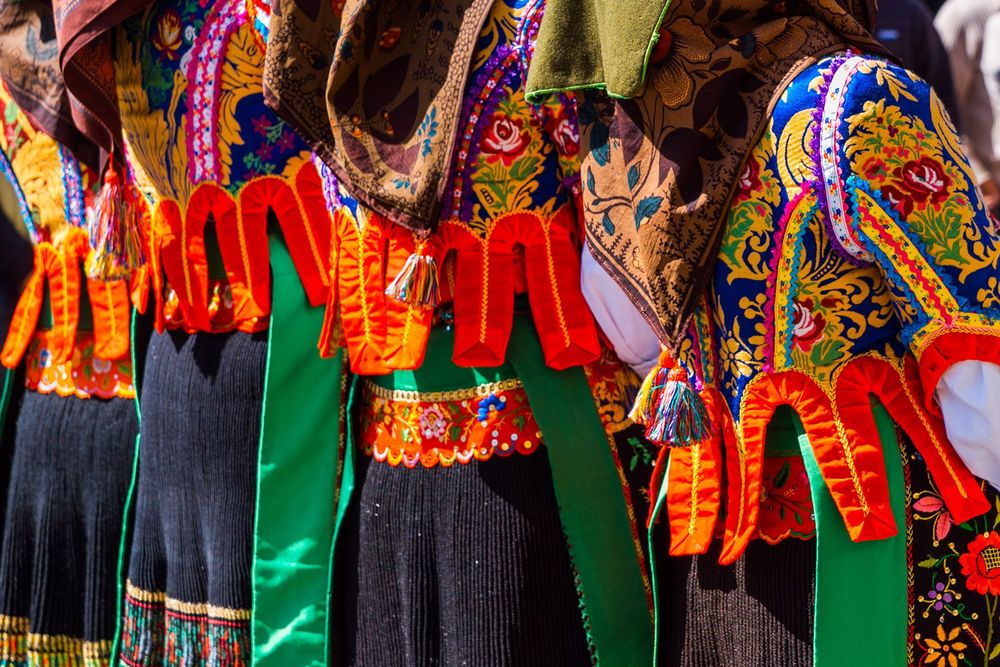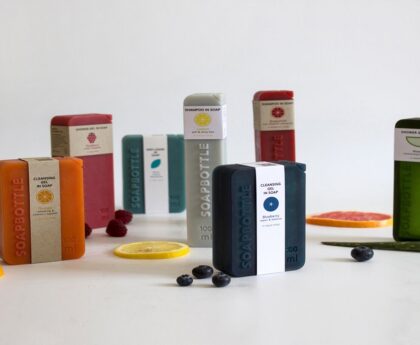French traditional clothing, steeped in history and elegance, has long been a fascination for people around the world. In this exploration of timeless style, we delve into the heart of French fashion, revealing the allure of traditional dress that has captivated generations. From the quaint villages of Provence to the bustling streets of Paris, the charm of French traditional clothing continues to enchant us, reminding us of a bygone era. Let’s embark on this delightful journey and unravel the threads of this captivating story.
The Essence of French Tradition
At the core of French traditional clothing lies a deep respect for heritage and craftsmanship. It reflects the rich cultural tapestry of France, embodying the essence of elegance, sophistication, and grace. French traditional garments are not mere clothes; they are artistic expressions, meticulously crafted to celebrate the beauty of simplicity.
Influence of History on Fashion
The history of France is interwoven with the evolution of fashion. From the opulent gowns of Marie Antoinette’s era to the chic ensembles of the Roaring Twenties, each period has left an indelible mark on French style. This historical influence is vividly visible in traditional clothing, where centuries-old designs are lovingly preserved and passed down through generations.
Regional Diversity in Traditional Dress
France’s diverse regions boast unique traditional attire, showcasing the country’s rich cultural mosaic. The colorful Provençal prints, the intricate lace of Normandy, and the simplicity of Breton stripes—all these regional styles contribute to the vibrant tapestry of French fashion. Each region’s clothing tells a story, reflecting its history, climate, and way of life.
Iconic French Traditional Garments
From the humble beret to the elegant Breton shirt, French traditional garments have achieved iconic status worldwide. The Breton shirt, characterized by its navy and white stripes, epitomizes effortless French chic. The beret, once a symbol of rural life, has transcended time and become a fashion statement. These garments, rooted in tradition, have become global fashion staples.
Fabrics and Materials: Craftsmanship at Its Best
French traditional clothing is synonymous with exceptional craftsmanship and high-quality fabrics. Silk, linen, and wool are often used, reflecting a dedication to both comfort and aesthetics. The meticulous attention to detail, from hand-stitched embroidery to delicate lacework, showcases the unparalleled skill of French artisans. Each piece is a testament to the mastery of the craft.
Modern Adaptations and Global Influence
While traditional French clothing preserves its authenticity, it also embraces modernity. Contemporary designers often draw inspiration from traditional elements, infusing them into modern designs. This fusion of the old and the new has a global appeal, influencing fashion trends far beyond French borders. The adaptability of French fashion ensures its continued relevance in the ever-changing world of style.
The Art of Accessorizing in French Fashion
Accessories play a pivotal role in French fashion, elevating traditional outfits to new heights. From delicate scarves to exquisite brooches, every accessory is carefully chosen to complement the attire. French women are renowned for their effortless elegance, often achieved through well-chosen accessories. These additions not only enhance the outfit but also tell a story of individual style and sophistication.
Why French Traditional Clothing Endures
The enduring appeal of French traditional clothing can be attributed to its timelessness. In a world dominated by fast fashion, French garments stand as a testament to the beauty of enduring style. They evoke a sense of nostalgia, reminding us of a time when clothing was cherished, and each piece was a work of art. The emotional connection people feel towards these garments ensures their perpetual presence in the fashion landscape.
FAQs: Exploring Curiosities
Q1: What are the origins of French traditional clothing?
French traditional clothing has roots in the medieval period when distinct regional styles began to emerge. Over the centuries, these styles evolved, influenced by historical events, cultural exchanges, and social changes, shaping the diverse range of traditional attire we see today.
Q2: How has traditional French fashion influenced modern trends?
Traditional French fashion has profoundly influenced modern trends worldwide. Elements like the little black dress, trench coats, and tailored suits originated from traditional French garments. Designers continue to draw inspiration from these timeless pieces, ensuring the enduring presence of French fashion in contemporary styles.
Q3: Are there specific occasions where French traditional clothing is worn?
While everyday attire has become more casual, French traditional clothing is still worn during cultural events, festivals, and regional celebrations. Additionally, some ceremonies, such as weddings and traditional dance performances, provide opportunities for people to showcase these beautiful garments.
Q4: What distinguishes regional variations in French traditional dress?
Regional variations in French traditional dress are influenced by historical, geographical, and cultural factors. Different regions have distinct embroidery styles, fabrics, and colors, reflecting the unique heritage of each area. For example, the vibrant floral prints of Provence contrast with the muted tones and lacework of Normandy.
Q5: Where can one purchase authentic French traditional clothing?
Authentic French traditional clothing can be found in specialty boutiques in France, particularly in regions known for specific styles. Online platforms also offer a wide selection of traditional garments, allowing enthusiasts from around the world to explore and purchase these timeless pieces.



